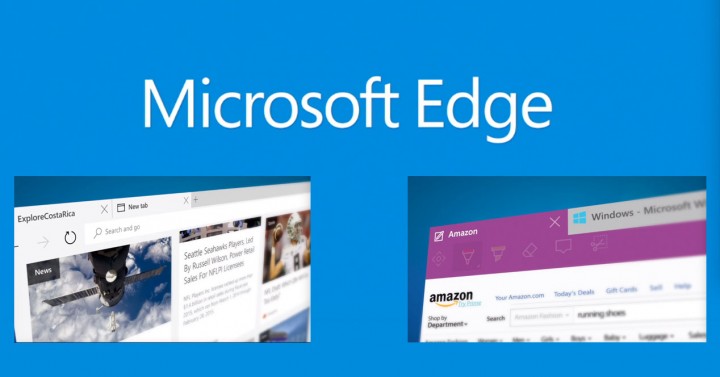Steps To Repair The 0x80072F8F Windows Update Error
If you use Windows Update regularly, you may have experience the 0x80072F8F error. This error shows when Windows update cannot validate the SSL files required for its use. This can be caused by your time and date being out of sync or if DLL files are not registered properly. This error can apply to the latest operating systems from Microsoft, dating back to Windows 2000. Windows update is vital for system continuity and not utilising it could damage your PC as it will not longer be updated with the latest security updates.
What Causes The 0x80072F8F Error?
When you attempt to either visit the Windows Update website or use the inbuilt Windows Update application, it will display an error message with:
“0x80072F8F” (80072f8f on Windows Vista). The error is caused by your systems inability to validate the SSL files that it requires for use.”
The SSL files are security files that are encrypted before being sent across the internet. They uphold the integrity of the operating system against any outside threats, such as hackers. It is therefore important that you do not ignore this error. The error itself can easily be rectified as it is usually caused by your date and time on your PC being out of sync or the DLL files that Windows Update uses need re-registering. This can be solved simply by following the steps below.
How To Fix The 0x80072F8F Error
Step 1 – Correct The Date & Time On Your PC
Since the 0x80072F8F error can occur on Windows 7/Vista or previous operating systems, please follow the steps that relate to your system:
Windows 7 and Vista users
- Click Start > Control Panel > Clock, Language And Region > Date and Time. This will open the Date and Time properties box
- If the date and/or time in this box are incorrect, click “Change Date and Time” (if prompted enter admin password)
- Modify the settings to the correct time and/or date
- If it happens that you are in daylight saving time, click “Date and Time” > Change Time Zone. In this option there should be a check box for “Automatically adjust for Daylight Saving Time”.
- Press OK to finish
Windows 2000/server 2003/ XP
- In the right hand corner of the taskbar, double click the clock
- If the settings appear incorrect, proceed to “Date and Time Properties”. Alter the time to the correct time
If you are connected to the internet, it may be worthwile setting the clock to sync with the internet clock. This way you know it will be consistent with the Microsoft website. You can do this by:
- Opening the Internet time on the “Date and Time” dialog box.
- Click “change settings” (allowing yourself admin privileges if prompted)
- Select “Automatically synchronize with an Internet time server”
- Provide the address of the server you wish to sync with
- Click OK to finish
Following these steps should provide you with the solution should this have been the problem. If it wasn’t, follow on to the next step.
Step 2 – Re-Register DLL Files That Are Required By Windows Update
It is the case that sometimes the DLL files that Windows Update requires are not registered properly within the system. To counter this:
- Click Start > Run
- Use “regsvr32 filename” replacing “filename” with these names individually
- Wintrust.dll
- Initpki.dll
- Mssip32.dll
These DLL files are required by the Windows Update mechanism to function correctly. Re-registering them will provide Windows Update with a path to where they are located and could prevent the 0x80072F8F error. If this step does not work, carry on to the next step.
Step 3 – Clean The Registry
One of the most common reasons why the 0x80072F8F error shows is because of the way in which your computer is constantly using the “registry” to run. The registry stores vital settings for your computer, and is where many Windows Update files are kept. Unfortunately, the registry is also prone to becoming damaged & corrupted, leading errors like 0x80072F8F to show. To make sure this is not a problem, it is highly recommended that you use a ‘registry cleaner’ to fix the various damaged registry settings that can cause this problem to occur.




